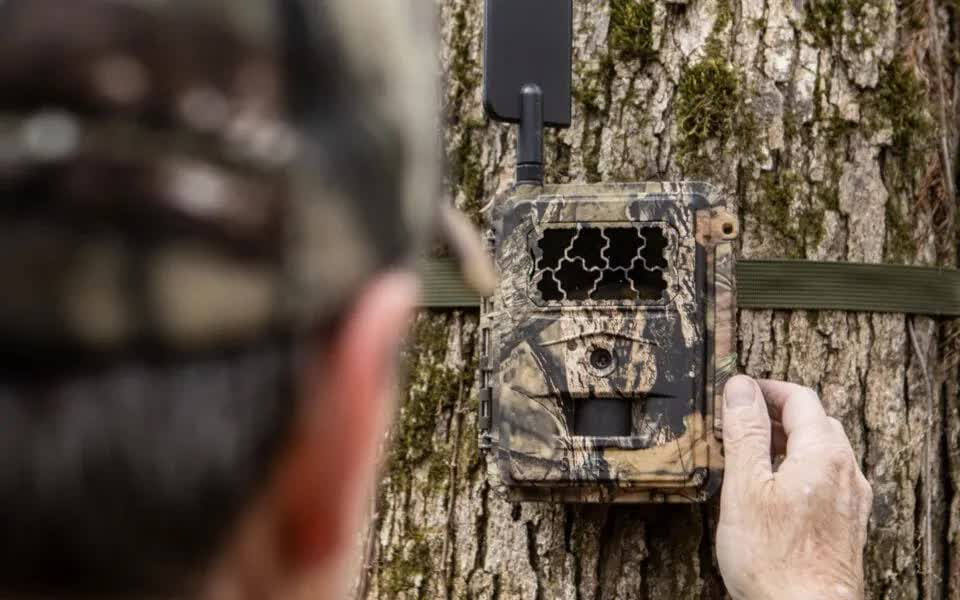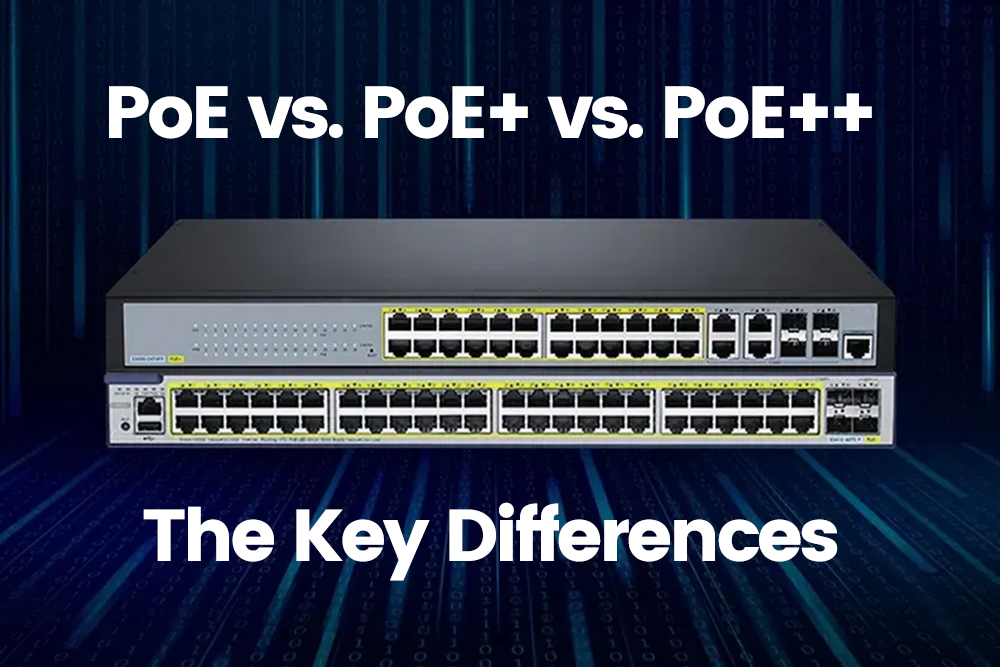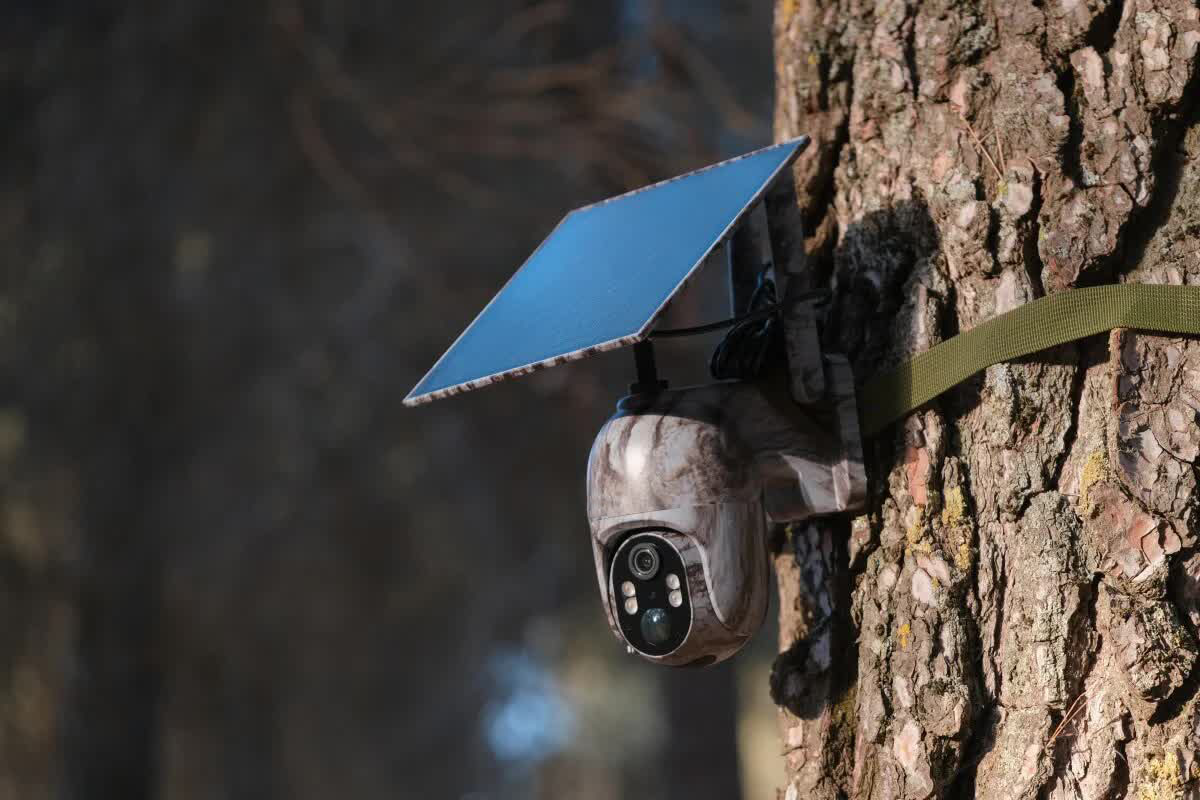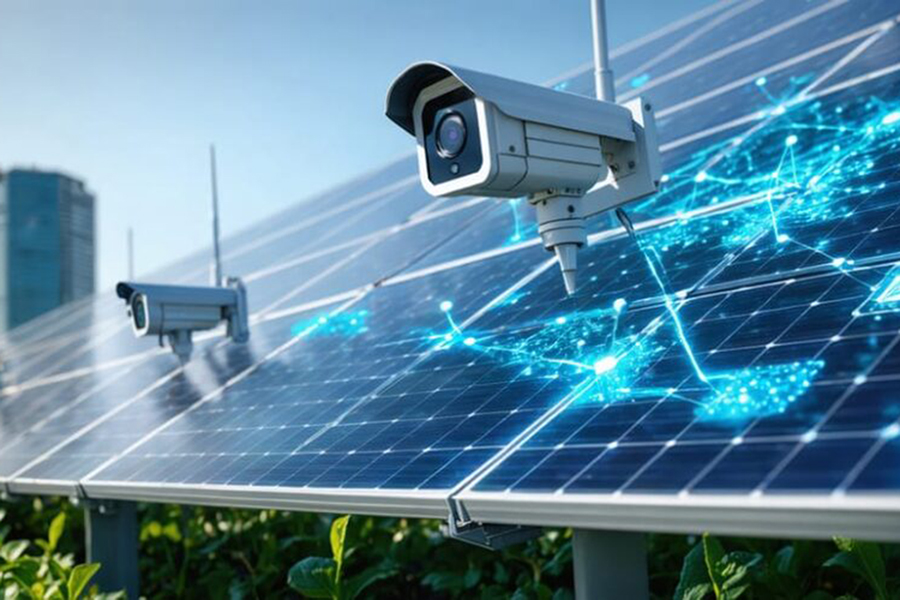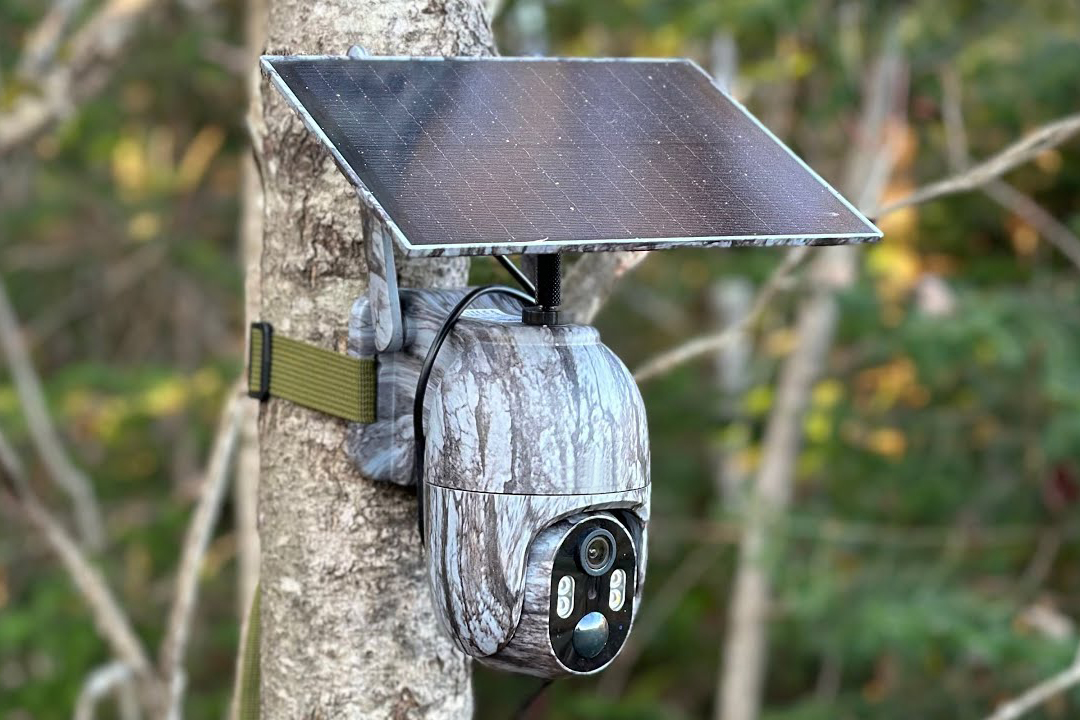The Role of IP67 in Trail Cameras: Key Benefits and Applications
The Role of IP67 in Trail Cameras: Key Benefits and Applications
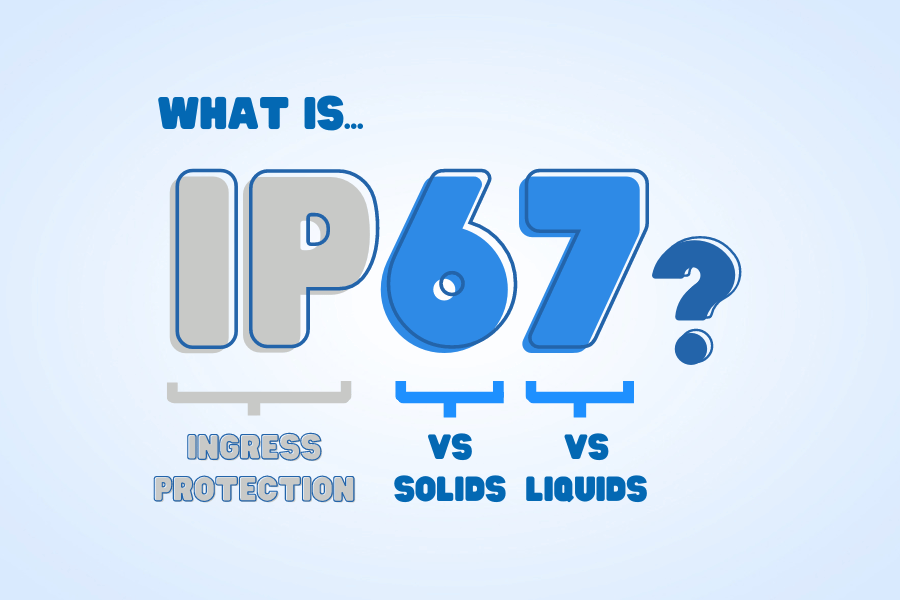
When choosing a wildlife camera for outdoor use, it’s essential to pick the right one. Among the many technical specs, the IP rating is crucial in determining how durable and effective the camera will be. One of the most important ratings is IP67. In this article, we’ll explain what IP67 means, its advantages, & why it matters when selecting a trail camera.
What Does IP67 Mean for Trail Cameras?
The IP rating, or Ingress Protection rating, shows how well a device resists dust & water. It consists of two digits:
- The “6” means total dust protection, ensuring no particles enter the device.
- The “7” means the camera can handle being submerged in water up to 1 meter deep for 30 minutes.
This level of protection makes cameras with an IP67 rating highly dependable for outdoor use.
Benefits of IP67 Rating in Trail Cameras
Here are some key advantages of choosing a camera with an IP67 rating:
- Longevity: The strong defense against dust & water boosts the camera’s lifespan, cutting down on frequent replacements.
- Reliable Operation: IP67 cameras perform well even in tough conditions, delivering clear footage in rain or dust storms.
- Peace of Mind: Knowing your camera can handle harsh environments ensures continuous surveillance, which is vital for wildlife monitoring.
Best Use Cases for IP67 Cameras
IP67-rated cameras work well in many situations, such as:
- Outdoor Security: Great for driveways, parking areas, & gardens where rain, snow, or dust are common.
- Industrial Settings: Ideal for factories & construction zones where dust & moisture can disrupt devices.
- In these environments, IP67 cameras provide reliable surveillance, capturing important footage regardless of weather challenges.
| W & D Rating | Dust Protection Level | Water Protection Level | Description |
|---|---|---|---|
| IP67 | Complete dust protection (no dust can enter) | Waterproof up to 1 meter for 30 minutes | IP67 rating provides total dust protection and can withstand being submerged in water up to 1 meter deep for 30 minutes. |
| IP65 | Complete dust protection (no dust can enter) | Resistant to water jets from any direction | IP65 rating offers protection from dust and can withstand water jets from any direction without damaging the device. |
| IP66 | Complete dust protection (no dust can enter) | Resistant to powerful water jets from any direction | IP66 rating provides complete dust protection and resistance to high-pressure water jets from all directions. |
| IP68 | Complete dust protection (no dust can enter) | Waterproof beyond 1 meter, typically up to 3 meters or deeper | IP68 rating allows for prolonged submersion in water, typically at depths beyond 1 meter, and offers complete dust protection. |
| IP54 | Limited dust protection (some dust may enter, but won't affect functionality) | Resistant to water splashes, but not suitable for immersion | IP54 rating offers limited dust protection and is designed to resist water splashes but not suitable for submersion in water. |
Comparing IP67 with Other IP Ratings
When selecting a camera, it’s important to know how IP67 stacks up against other ratings:
- IP65: Provides dust-tight sealing & protection against water jets, but it can't handle being submerged.
- IP68: Offers stronger water resistance, able to withstand longer submersion beyond 1 meter.
The ideal rating depends on where you plan to use your camera. If it's likely to face heavy rain but not flooding, then IP67 works well. For areas with deep water, an IP68-rated camera would be a better choice.
Maintenance & Care for IP67 Cameras
To get the most out of your IP67 camera, follow these tips for maintenance:
- Routine Cleaning: Though dust-tight, occasional cleaning helps keep the lens clear for better image quality.
- Proper Setup: Ensure the camera is securely mounted & positioned to minimize exposure to harsh weather.
- Regular Testing: Check the camera’s function & inspect it for wear or damage from time to time.
Taking these steps will help keep your camera working at its peak performance.
Conclusion
In summary, the IP67 rating plays an important role when choosing trail cameras. Its strong dust & water protection makes it durable & dependable for various outdoor environments. By understanding IP ratings, you’ll make better choices that improve your security. Choose IP67 cameras for reliable protection, whether it’s raining or shining.
